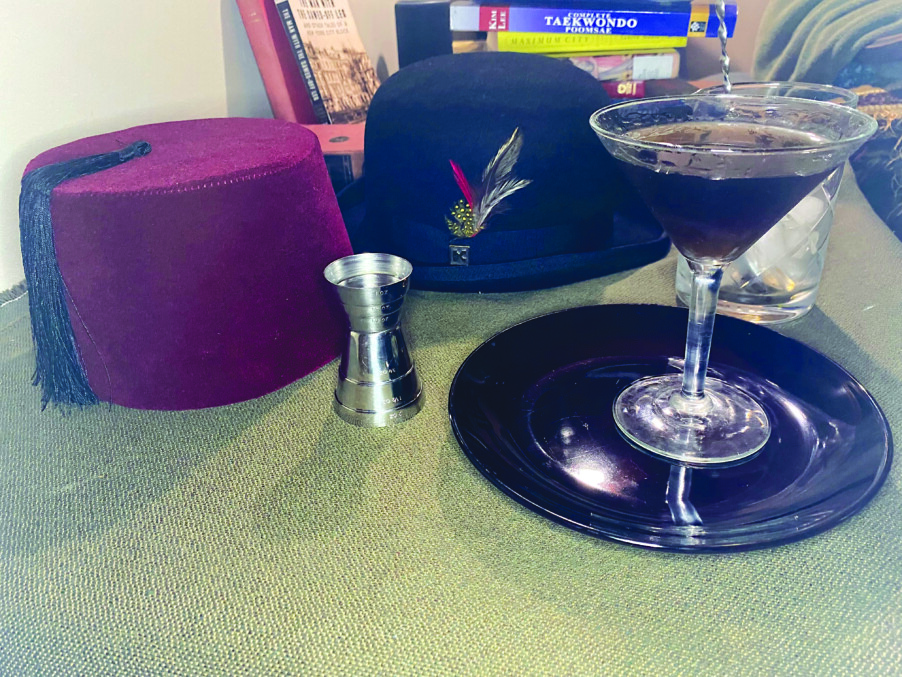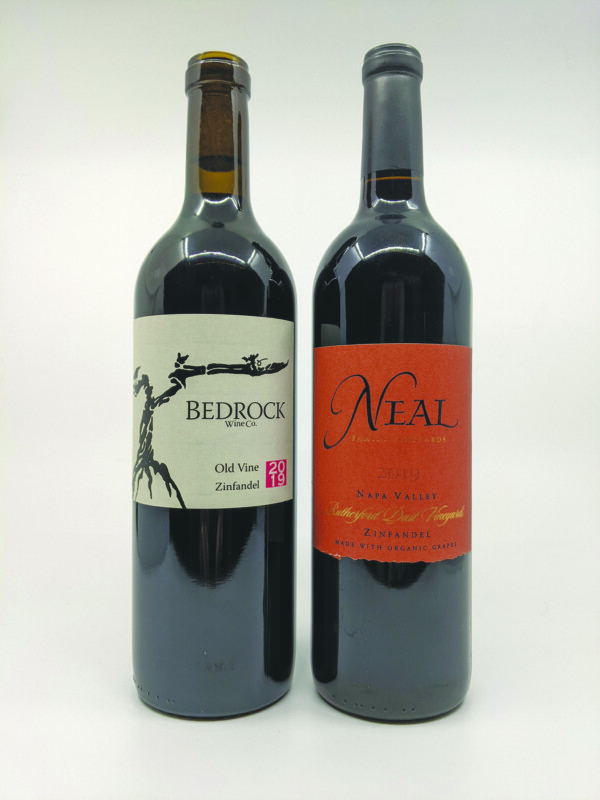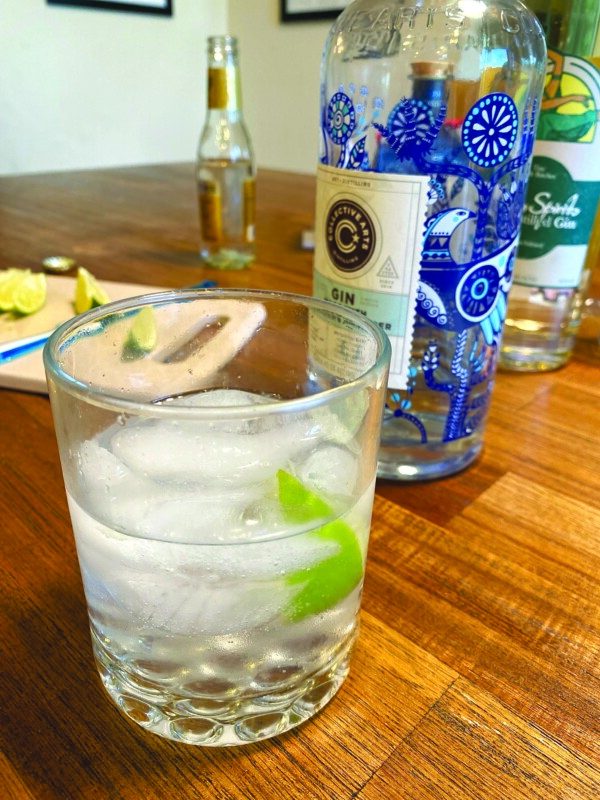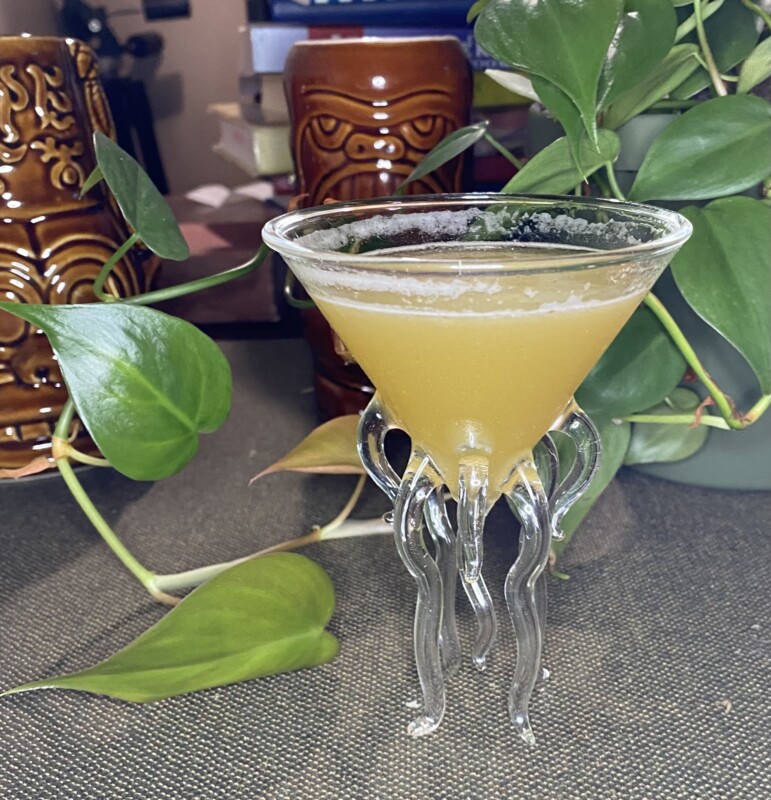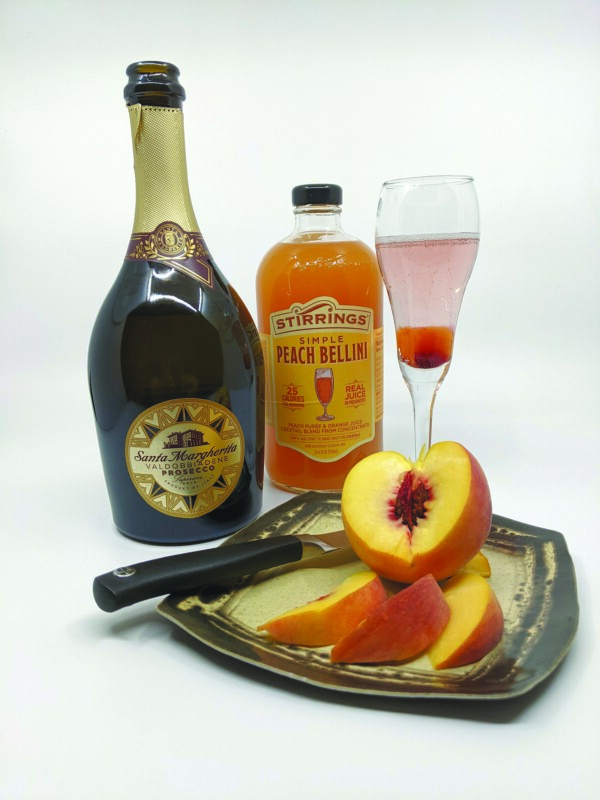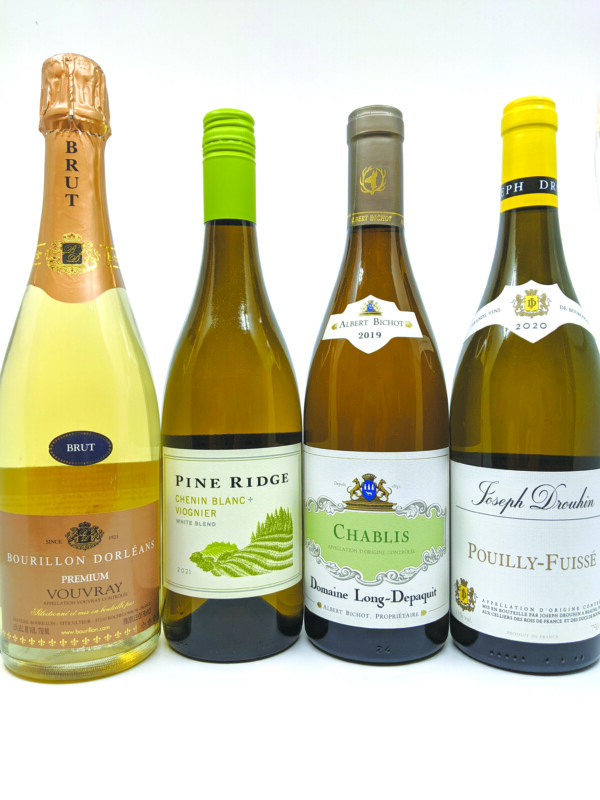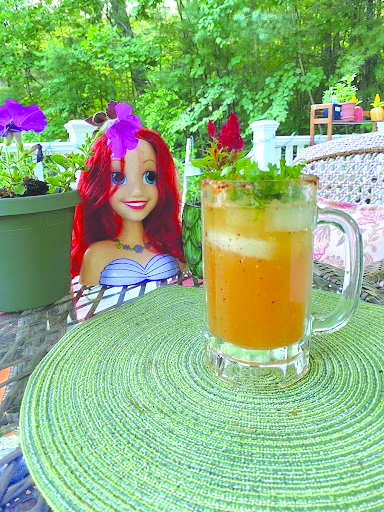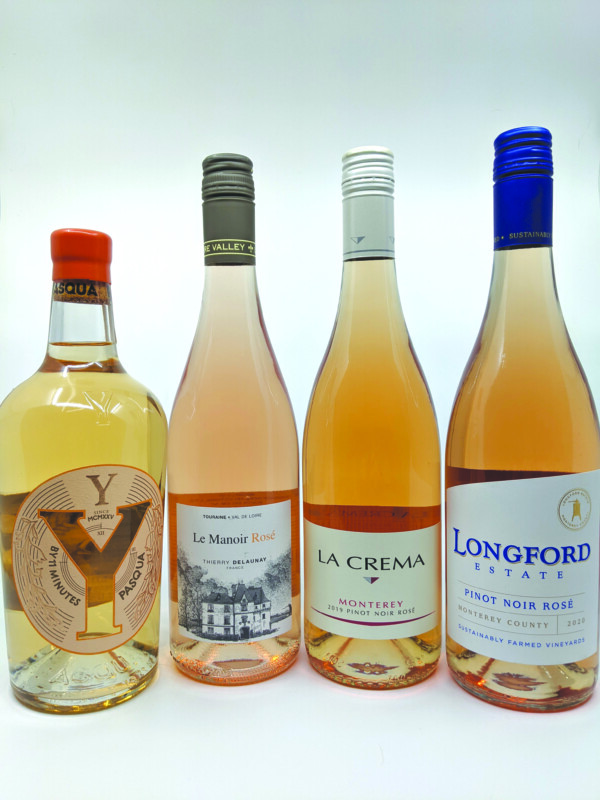I called an Über a couple of months ago. My driver got right back to me and said she would pick me up in just a few minutes.
I was enjoying watching the little cartoon of her car drive along the little map to where I was, when my new friend Shanikqua texted me:
“I’m pretty much there. What do you look like?”
I thought about how I should explain what I look like — my choice of jaunty tropical shirt, my gray beard, the twinkle in my eye — then decided to give her a more concise description:
“Hipster Santa Claus”
“Yup, OK. I see you….”
I’d like to say that I’ve struggled with style for my entire life, but honestly, I haven’t put up much of a fight. My fashion icon has always been Billy Joel in the 1970s, with a loosened tie and rolled up sleeves. I spent the ’80s and early ’90s dressed almost exclusively in Hawaiian shirts and painter’s pants. A new century, marriage and fatherhood have not brought any form of sartorial enlightenment.
Two things have changed that: late middle age, and the internet.
I’m not sure when it happened, but a year or two ago the internet algorithms learned my taste in clothes. I would be up late at night, arguing with the L.A. Times crossword puzzle, trying to explain that not every puzzle needs to have “Oreos” as an answer, when a pop-up ad would, er, pop up, and show me a really cool bowling shirt covered with skulls and roses.
“How about this, Boss? Wouldn’t you like to own this? It’s on sale….”

And the next thing you know, I’d be the owner of a Dia de Los Muertos bowling shirt, which of course only encouraged the internet to show me the clothing that a more interesting version of myself would wear.
And since I’ve started looking more grandfatherly, I haven’t had to worry about anyone taking me seriously anyway, so here I am, at a point in life where I should probably be looking at cardigans, actually developing a personal sense of style.
Which is how I ended up in a hat shop in Wichita.
I was drawn in by a spirit of morbid curiosity.
“I’ll just look around for a minute or so,” I told myself. “This is Wichita; you know that it’s going to be all cowboy hats and stuff I couldn’t wear if I wanted to.”
Half an hour later I had tried on a dozen different hats and been fitted for a for-real, no-kidding-around bowler.
So now, apparently, I’m that guy.
All of which is beside the point, except to remind you that Thursday, Sept. 15, is National Felt Hat Day. But of course you knew that already.
The felt hat
Ingredients
- ½ ounce or so of absinthe, for rinsing a glass
- 1 ounce rye whiskey
- 1 ounce sweet vermouth
- 1 ounce crème de violette, a violet-colored and flavored liqueur
- 2 dashes orange bitters
Rinse the inside of a chilled cocktail glass with the absinthe. Roll the absinthe around in the glass, until it has left a layer on the entire inner surface.
Add the other ingredients and ice to a mixing glass, then stir until thoroughly chilled.
Strain into the cocktail glass. Drink while wearing a felt hat.
This is a riff on a drink called the trilby, which is traditionally made with Scotch and pastis. It is whiskey-forward but sweet enough to make you take a sip, tilt your head slightly and raise your eyebrows. The vermouth and crème de violette do a lot of the heavy lifting, and would probably make this a little too sweet, if not for the bitters. The absinthe hovers in the background, advising you not to let your guard down too much.
How good is it?
You’ll be filled to the brim with satisfaction.
Featured photo. The Felt Hat. Photo by John Fladd.

